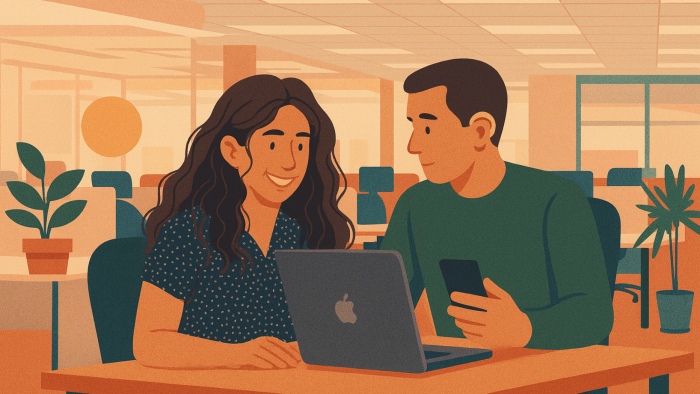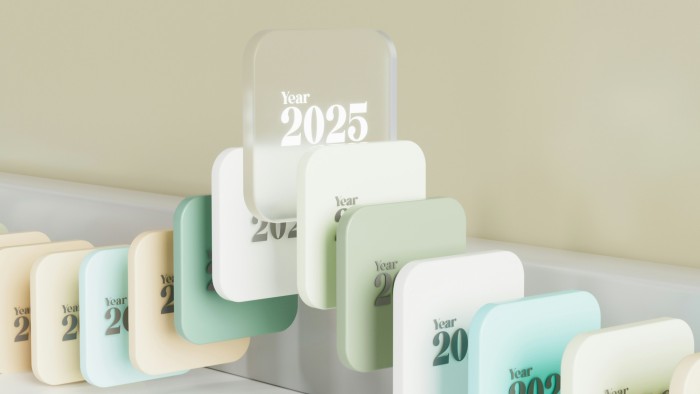Inclusion: product design for all
Inclusion has become a crucial topic for several reasons. Society and communities are increasingly recognising the intrinsic value of diversity, whether it be cultural, ethnic, gender, age, or diverse experiences.
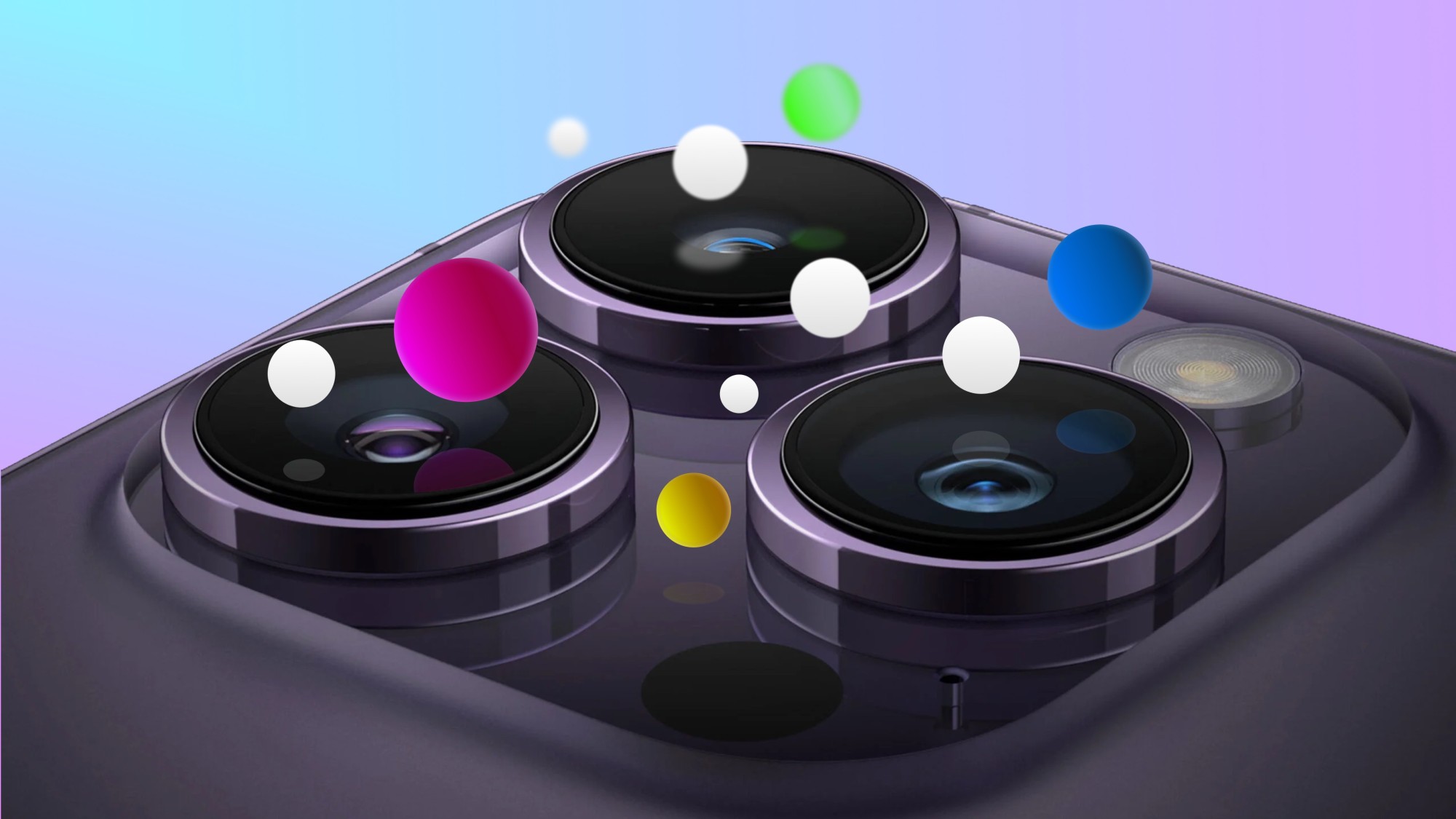
In a continuously evolving digital world, where technology shapes every aspect of our daily lives, inclusion has emerged more than ever as a cornerstone of product development. It represents much more than a design approach; it's an invitation to rethink how our innovations can serve everyone, without exclusion. As societal expectations for increased equity soar, inclusion stands as a creative and ethical response, seeking to embrace diversity in all its forms. This article aims to reveal how, by integrating inclusion from the initial drafts of our products, we can not only enrich the user experience but also contribute to a more inclusive and fair future for all.
First and foremost, what is inclusion?
Inclusion can be described as a process aimed at creating an environment where all people, whatever their origin, characteristics or abilities, are valued, respected and integrated in an equitable manner. This means embracing diversity in all its forms, whether related to gender, age, ethnicity, religion, sexual orientation, disability or any other aspect of human identity.
Inclusion is based on the fundamental principle of recognising the intrinsic value of each individual and promoting equal opportunities for all. It also involves creating an environment where differences are celebrated rather than tolerated, where everyone feels accepted, respected and able to contribute fully.
Ultimately, inclusion is about creating a world where everyone is not only accepted, but also valued for their unique contribution, and where the barriers that may prevent some people from fully participating are eliminated.
What is product inclusion?
It means fostering an environment where everyone can contribute and flourish. It means that all individuals have the opportunity to participate fully, to be heard and to feel valued. The emphasis on inclusion is also a response to changing social expectations. Consumers and customers increasingly value the fairness and ethical values of the companies and organisations with which they interact.
According to the Nielson Norman Group, inclusive design describes methodologies aimed at creating products that understand and enable people of all backgrounds and abilities to enjoy the use of the product or service.
Successful inclusive design is not an easy exercise, requiring the consideration of multiple angles, viewpoints and perspectives, as well as empathy for users. The incredible diversity of users makes inclusion a vast subject that requires a good understanding of its foundations before we can find concrete solutions for our products and services. How do we achieve inclusion in the context of a product? A product designer at Spotify talks about a key factor in the success of an inclusive product:
For designers, it's very important to integrate inclusion right from the start of the design process. If they leave it to the end, they could end up having to readapt a fundamentally inaccessible design.
David Fusilier - Product Designer at Spotify
As stressed, considering inclusion from the outset of a project is already a big step towards the success of an inclusive product. In other words, you need to ask yourself the right questions right from the start.
- Can my product be used by this specific user group?
- Does my product work well with the hardware of this specific user group?
- Is my product understood by this specific user group?
- etc.
The aim of these questions is to qualify the level of inclusion of the given product. These levels are: exclusion, separation, integration and inclusion.

A product can be situated on several levels, depending on its functionality. A product is not necessarily 100% exclusive or inclusive, and certain functionalities will be perceived differently depending on the specific needs of users.
Identifying exclusion
Exclusion is the failure to consider the specific needs of a group of users, and therefore to exclude them completely from using a product. The Vision Pro by Apple is a great exemple, besides the price tag, gesture and vision create a gap is usability.

Like a peloton in a bicycle race, digital technology moves forward and doesn't stop. It can be merciless when you don't keep up with its speed. Generally speaking, we digital geeks follow the progress of digital relatively organically, either for professional reasons or out of personal interest, but this isn't the case for everyone.
According to a study by the ITU (International Telecommunication Union) in 2021, some 2.9 billion people will still be excluded from digital, representing over 36% of the population. Of the 4.1 billion Internet users, millions have access only irregularly and on shared terminals or with a very limited Internet connection. This is why it's often referred to as the "digital divide".
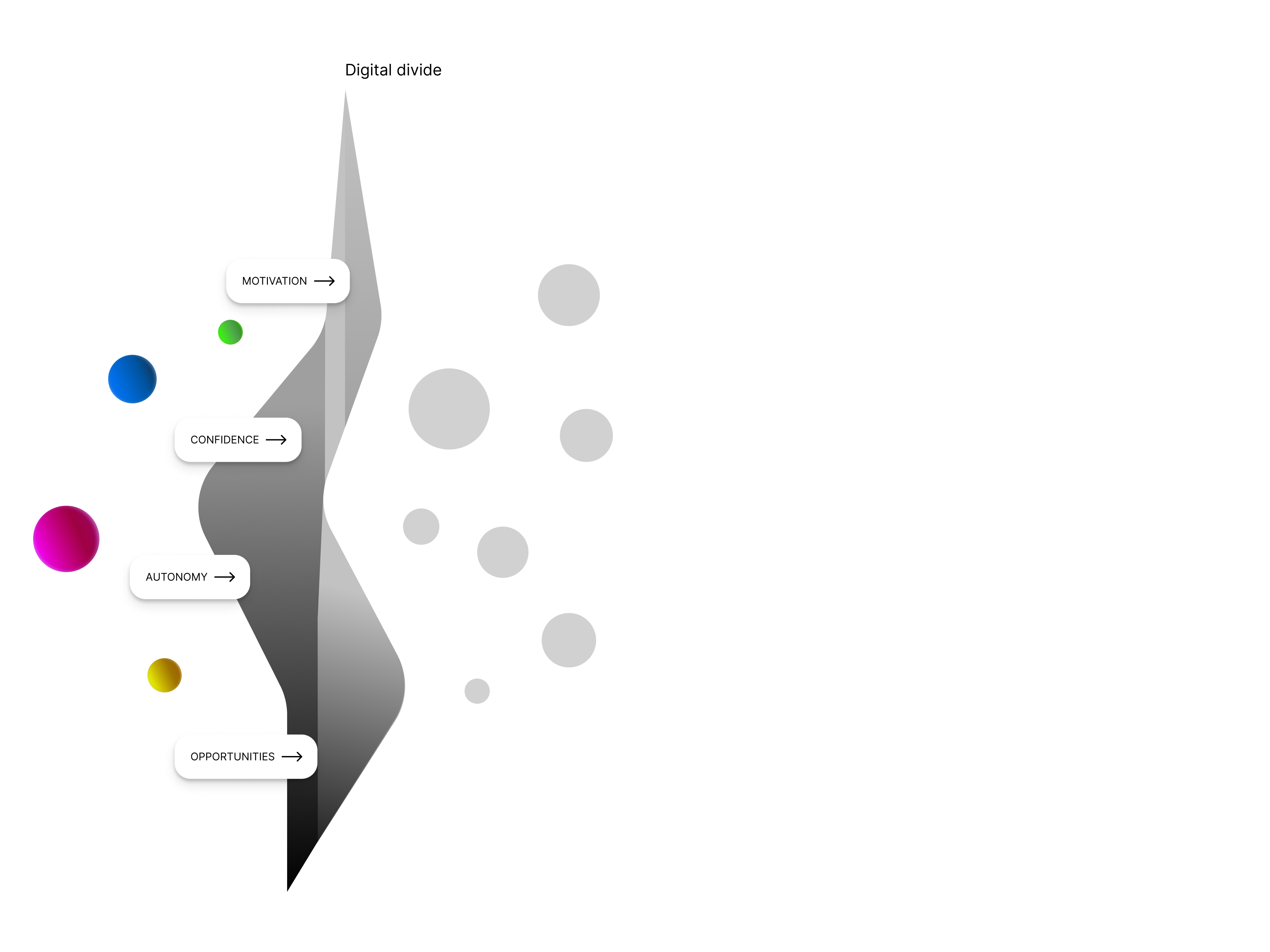
It is clear that the transition to digital technology is widening the gap between societies that are making rapid progress in this area and those that have not yet had the opportunity to benefit from the necessary access. Digital exclusion is becoming a societal problem, since it mainly affects people who are already at a disadvantage, through age, education, income, etc.
Understanding separation
In the case of separation, the service or product offers an alternative. While this alternative may, as in the case of some forms, make it possible to bypass an obstacle in order to access a product, it highlights an obvious shortcoming in the initial design. Separation is particularly noticeable in products that were not initially designed to be inclusive.

Valuing integration
When an existing product succeeds in integrating the characteristics of inclusion, the change is considered to be an integration. Even if the product can be considered "inclusive", there is still a dimension that identifies two distinct paths to the same goal, as in Apple's Live Speech & Personal Voice example below.
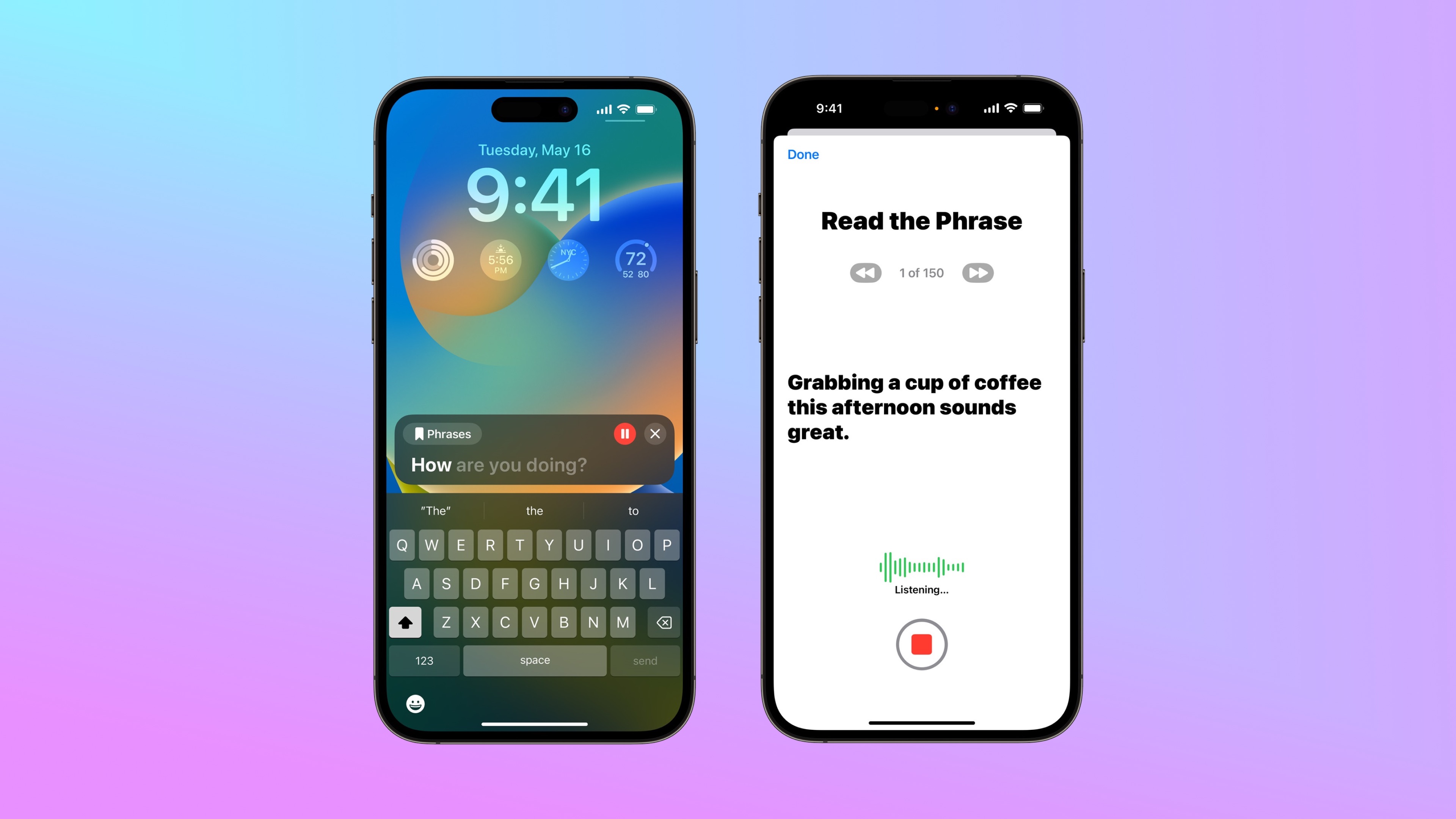
With Live Speech and Personal Speech on iPhone, iPad and Mac, Apple is paving the way for greater integration of a wide range of users. With Live Speech, it is possible to reproduce what a person writes during calls (FaceTime in this case) as well as during face-to-face conversations. But is a robotic voice really convincing? If the user has the ability to speak, AI-enabled Personal Speech goes a step further. It only takes 15-20 minutes to train the AI to recognise voice characteristics, and it is able to create a synthetic voice that resembles that of the user.

These two products are concrete examples of how technology can be used to create inclusive experiences that enable all individuals to participate fully in social or professional interactions.
Achieving inclusion
As we know now, inclusion is the act of considering all types of people, things or ideas and treating them fairly and equitably. This is no easy task. A multitude of factors need to be considered to ensure inclusive design.

So far we've made progress in our consideration of excluded users, some fine examples of inclusion can be highlighted.
Microsoft's adaptive accessories
.png)
Microsoft's initiative is aimed at users with special needs, offering 3D printing of adapted computer accessories such as keyboards and mice. The aim is to give more people access to digital technology by offering them customised solutions.
A program for inclusion at Emmaüs
.png)
Emmaüs offers a program to help people in need take training courses to gain autonomy and confidence in the digital field. The aim is to help them unlock opportunities for social integration.
In today's society, we question the way things are, to identify and change what's not working. So, just as we tackle climate challenges, it's imperative to find concrete solutions that encourage collective progress.
In short, there is no single method for creating a totally inclusive product. However, it is crucial to think about a variety of users right from the design phase. Considering different types of users from the outset can steer a project towards greater inclusivity. While inclusivity may seem superfluous for some projects, adopting an inclusive approach always has significant benefits. That’s why we always engage the discussion with our clients and slowly bring this subject into consideration from the start.
Inclusion is essential, as it fosters innovation, well-being and equity, thus meeting our society's expectations of diversity and equality. By making digital technology accessible to as many people as possible, we enrich our diversity and pave the way for a fairer world.
Arne
Product Designer
